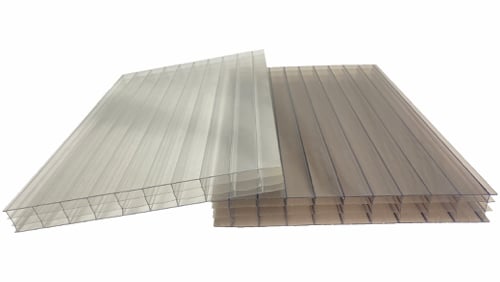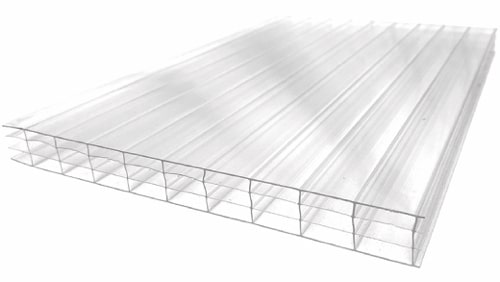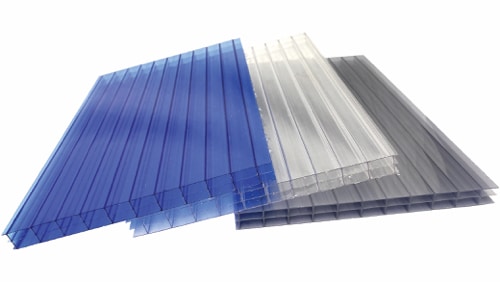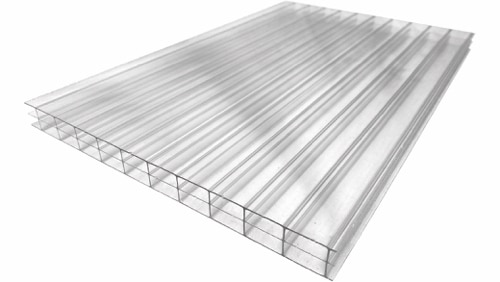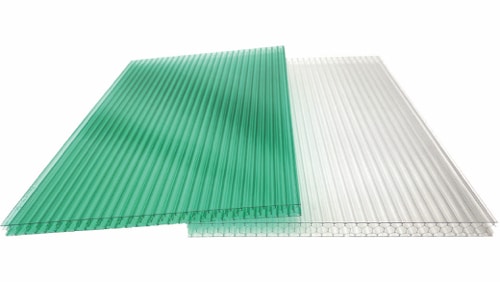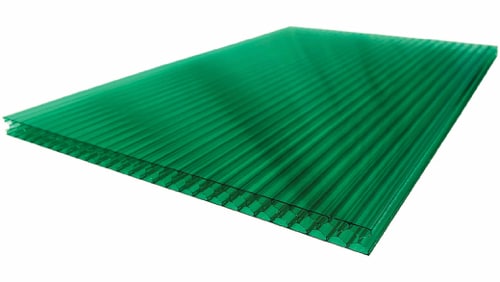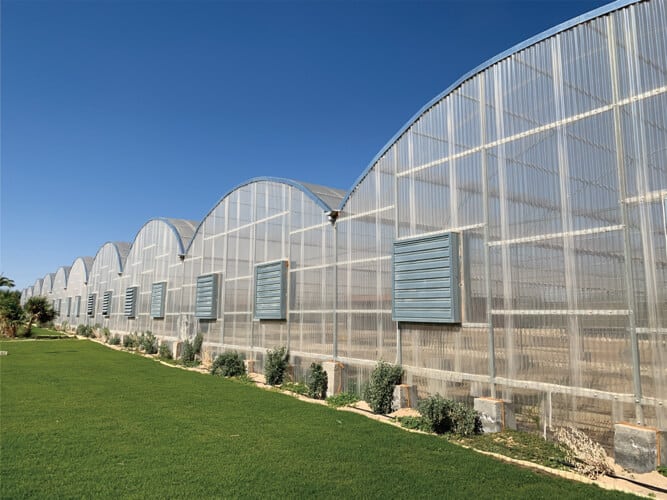
So, you’re ready to embrace sustainable gardening and enjoy year-round gardening? That’s fantastic! Before diving in, it’s crucial to grasp the basics of designing a greenhouse, understand how greenhouses work, and appreciate the benefits they offer.
Whether you’re a passionate gardener, a homeowner eager to flex your green fingers, or someone interested in sustainable living, this article will provide you with comprehensive knowledge and step-by-step guidance to build your own thriving greenhouse paradise.
Constructing a greenhouse not only extends the growing season but also protects delicate plants from harsh weather, offering numerous advantages for sustainable gardening.
With careful planning, selecting appropriate materials, and understanding the construction and operational dynamics of greenhouses, you’ll be equipped to create a lush and productive garden space.
Let’s get started and delve into the exciting journey of utilizing and designing a greenhouse effectively!
How Does Greenhouse Work?
Greenhouses support plant growth by providing essential conditions like light and warmth. They utilize materials such as glass or translucent roofing sheets to trap sunlight, which plants convert into infrared energy, thus warming the interior. This heat is retained due to the greenhouse effect, creating a stable, warm environment that facilitates photosynthesis.
( Read more: How Do Greenhouses Work? Understanding How They Function! )
What Are the Benefits of a Greenhouse?
Greenhouses offer a myriad of benefits that greatly enhance gardening and plant cultivation, setting the stage for a transformative gardening experience. By providing a controlled environment, these structures allow gardeners of all skill levels to optimize growing conditions, leading to healthier plants and more abundant yields.
As we delve deeper into the advantages of using a greenhouse, you’ll discover how they can revolutionize your approach to gardening, extend growing seasons, and provide vital protection for your plants. Let’s explore these benefits in detail to understand how a greenhouse can become an indispensable part of your gardening journey.
Controlled Environment:
A greenhouse allows for precise management of light, temperature, moisture, and soil conditions, enabling the tailoring of the environment to meet the specific needs of each plant type being grown. This control facilitates optimal growth conditions, customized to the unique requirements of different plants.
Protected Environment:
Greenhouses provide a barrier against insects, animals, and extreme weather conditions like heavy rain and droughts, creating a safer space for both delicate and robust plants.
Healthier Plants:
With the ability to control growing conditions, plants in a greenhouse are typically healthier and better protected from extremes, fostering an optimal growth environment.
Limitless Season Gardening:
The controlled climate within a greenhouse allows for year-round gardening, independent of external weather conditions. This enables continuous planting, harvesting, and sowing of various crops.
Multipurpose Use:
Greenhouses can accommodate a diverse array of plant life, including fruits, vegetables, ornamentals, herbs, and spices, reducing reliance on external sources like farmers’ markets. They can also serve as storage spaces for gardening tools and supplies, making them a versatile addition to any gardening enthusiast’s arsenal.
(Read more: Benefits of a greenhouse)
5 Key Steps for Designing a Greenhouse
Step 1: Assessing the Use and Choosing the Right Spot
A greenhouse creates an ideal environment for germinating seeds and nurturing a wide range of plants. However, identifying the primary purpose of your greenhouse simplifies the planning and design process.
For instance, do you envision using it throughout the entire year, or do you primarily need it for protection during the colder months?
Would you prefer it to be an extension of your home or another structure, or would you rather it be a separate entity?
Consider the types of plants you wish to cultivate. Opting for plants that thrive under similar conditions can streamline management.
By answering these questions, you’ll have a clearer direction for your project.
A greenhouse’s charm lies in its ability to transmit sunlight while shielding plants from external threats. Naturally, it should be placed in a location that receives ample sunlight—at least six hours daily.
Choose a location for the greenhouse that faces South or Southwest to capture the morning sun and avoid excessive shade from trees or nearby structures. Also, consider the shifts in sunlight exposure between the summer and winter months.
Step 2: Choosing the Right Greenhouse Type and Size
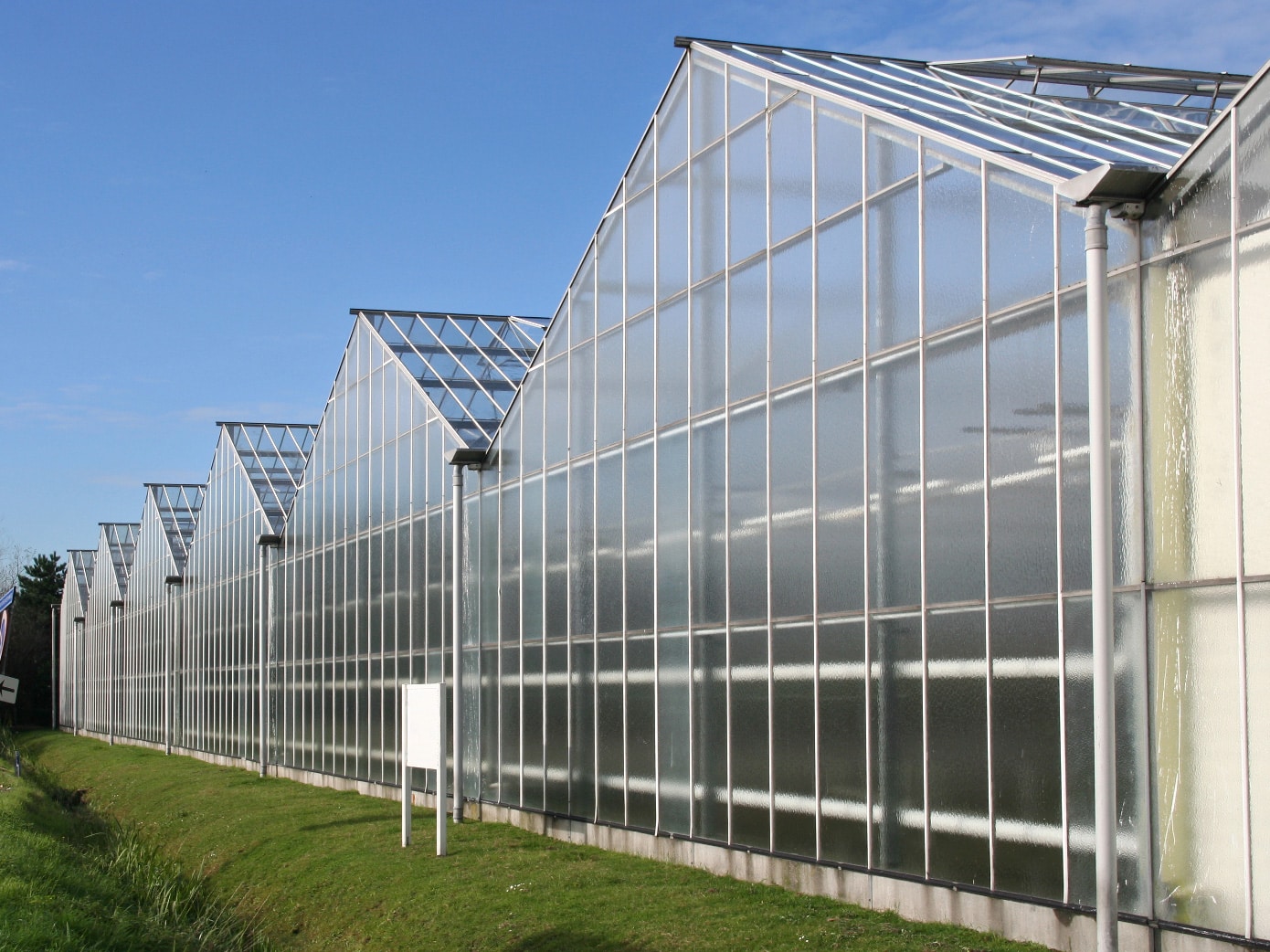
When choosing the right greenhouse type and size, consider the location and your gardening objectives, alongside the various styles available. Whether you’re leaning towards a traditional gable-style for versatility, an A-frame for maximum light, a resilient geodesic dome, a classic Gothic arch, a straightforward hoop house, a ventilated saw tooth, an uneven span for sloped sites, a compact lean-to for limited spaces, or an abutting design doubling as a sunroom, depends on your needs.
Assess whether you’re focused on seed starting, propagation, or year-round cultivation to decide if a smaller or larger commercial-sized structure is necessary. Tailoring the type and size to fit your specific gardening goals ensures functionality and suitability for the plants you intend to grow.
Step 3: Ensuring Your Greenhouse Withstands Extreme Weather
When residing in a region prone to extreme weather conditions such as severe temperatures, strong winds, or substantial snowfall, it is crucial to customize your greenhouse design to cope with these challenges.
Incorporating insulation is essential for maintaining a stable internal temperature, crucial for plant growth. Reinforced framing can provide the necessary robustness to withstand high winds, while additional support structures like snow braces can prevent collapse under heavy snow.
Furthermore, consider the use of durable materials that can resist weather-related wear and tear and think about incorporating features such as polycarbonate panels for added insulation and strength. Ensuring that your greenhouse is equipped to handle the specific climatic conditions of your area will create an optimal and resilient growing environment for your plants.
(Read more: Pearly Polycarbonate Greenhouse: Key to All-Season Gardening)
Step 4: Crafting an Efficient Greenhouse Layout
This process includes arranging the internal layout, walkways, and the placement of plants and equipment. Think about aspects like maximizing space efficiency, ensuring adequate airflow, and maintaining ease of access for upkeep and harvesting activities.
Developing a blueprint or drawing can help you envision the setup, taking into account the varying requirements of different plant species and the operational flow inside the greenhouse.
Step 5: Planning Key Features for an Efficient Greenhouse
During the initial stages of planning and designing a greenhouse, it’s crucial to strategically incorporate key features that will enhance its functionality.
Start by determining the placement of essential airflow mechanisms like vents, louvers, and fans. Ensure that fans have adequate ceiling support and that vents are allocated space on the walls of the greenhouse.
Next, plan the installation of irrigation and watering systems to maintain the necessary humidity levels. In smaller greenhouses, elaborate systems may not be required as manual watering might suffice.
By dedicating careful attention to the planning and design process, you establish a strong foundation for an effective and productive growing environment. This thorough preparation ensures that your greenhouse is well-suited to your specific requirements, optimizing conditions for a flourishing garden.
Selecting the Right Materials and Tools for Success
Constructing a greenhouse demands a thoughtful selection of materials and tools to create a durable and practical facility. The choice of materials is crucial and should align with your specific goals for the greenhouse and the environmental conditions it will face. Selecting the appropriate materials not only ensures the longevity of the structure but also its effectiveness in your gardening setup.
Greenhouse Frame Materials
Wood:
Often chosen for its cost-effectiveness, flexibility, and natural beauty, wood is a favorite among greenhouse builders. Varieties like cedar, redwood, and pressure-treated lumber are particularly valued for their long-lasting qualities and resistance to rot.
PVC:
Known for being lightweight, budget-friendly, and simple to handle, PVC is perfect for building frames of small to medium greenhouses. Its pipes and connectors make assembly straightforward.
Metal:
Renowned for its robustness and longevity, metal is a reliable choice for greenhouse frames. Aluminum and galvanized steel are favored for their ability to withstand rust and corrosion, ensuring a durable structure.
Greenhouse Roof Materials
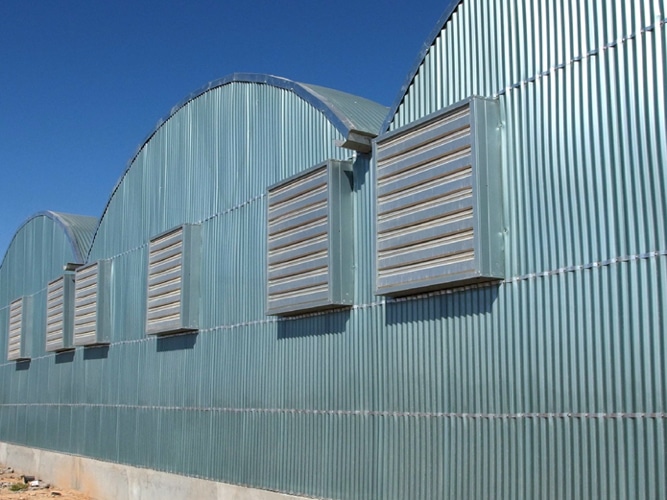
Glass:
Known for its high light transmission and durability, glass adds a classic aesthetic to greenhouses. However, it demands meticulous installation to ensure stability and performance.
Polycarbonate:
This material stands out due to its lightweight nature, shatterproof qualities, and excellent insulation capabilities. Available in various thicknesses, polycarbonate sheet not only ensures superior light diffusion but also enhances the overall efficiency of the greenhouse environment. Its versatility makes it a preferred choice for many gardeners looking for a reliable and long-lasting covering.
(Read more: Polycarbonate Heat Resistance: Part 2 – Applications & Solutions)
Polyethylene Film:
An economical and flexible option, polyethylene film is easy to install and offers good light transmission. It is an ideal choice for temporary or cost-conscious greenhouse projects.
Greenhouse Foundation Materials:
Concrete:
Known for its strength and durability, concrete creates a robust and enduring foundation, making it ideal for permanent greenhouse structures.
Treated Wood:
Pressure-treated lumber is frequently utilized for foundational frames due to its excellent resistance to decay and protection against insect damage, ensuring longevity and structural integrity.
Gravel or Crushed Stone:
Often employed as a foundational base layer, gravel or crushed stone enhances drainage and adds stability, supporting the overall structure effectively.
Insulation and Sealing Materials:
Weather Stripping:
Essential for sealing openings around doors, windows, and vents, weather stripping minimizes heat loss and blocks drafts, helping to maintain a consistent internal climate.
Caulk or Sealants:
Applied to joints, gaps, and edges, caulk and sealants are crucial for ensuring the greenhouse remains airtight and moisture-free. These materials play a key role in preserving the internal environment and preventing external elements from intruding.
Fasteners and Hardware for Greenhouse Assembly
Screws, Nails, or Bolts:
These are essential for assembling and securing the various components of the greenhouse frame and structure. For specific applications, such as installing polycarbonate roofing panels or securing plastic skylights, consider using BDN’s POLYXPAND™ & POLY-FAST™ roofing fasteners. Designed to create an expansion hole in a one-shot process, these fasteners can save 50% of labor time as they allow you to simultaneously create the expansion hole and secure the sheets, ensuring a secure and precise fit with less effort.(Read more: Screws for Polycarbonate Roofing: Installation Guide)
Brackets and Corner Connectors:
These elements offer crucial support and reinforcement at key structural joints, enhancing the stability of the greenhouse.
Hinges and Latches:
Vital for the functionality and security of doors and windows, ensuring they operate smoothly and remain secure.
Final Words on Designing an Effective Greenhouse
Designing a greenhouse is more than just building a structure; it’s about crafting a nurturing environment for plants that extends the growing season and enhances your gardening. This article has guided you through the key considerations and steps for designing a greenhouse, from choosing the right location and materials to understanding its benefits like year-round cultivation and protection from the elements.
As you move forward with your greenhouse project, keep in mind that every decision from the frame material to the layout should align with your specific gardening needs and climate conditions. A thoughtfully designed greenhouse not only promotes healthier plant growth but also becomes a sustainable extension of your living space.
Take this knowledge, apply it with passion, and watch as your greenhouse becomes a cornerstone of your gardening endeavors, providing beauty and bounty throughout the year.
Related articles:
Polycarbonate Roof Installation : Everything You Need to Know
Polycarbonate Properties | A Must-Read PC Material Guide

